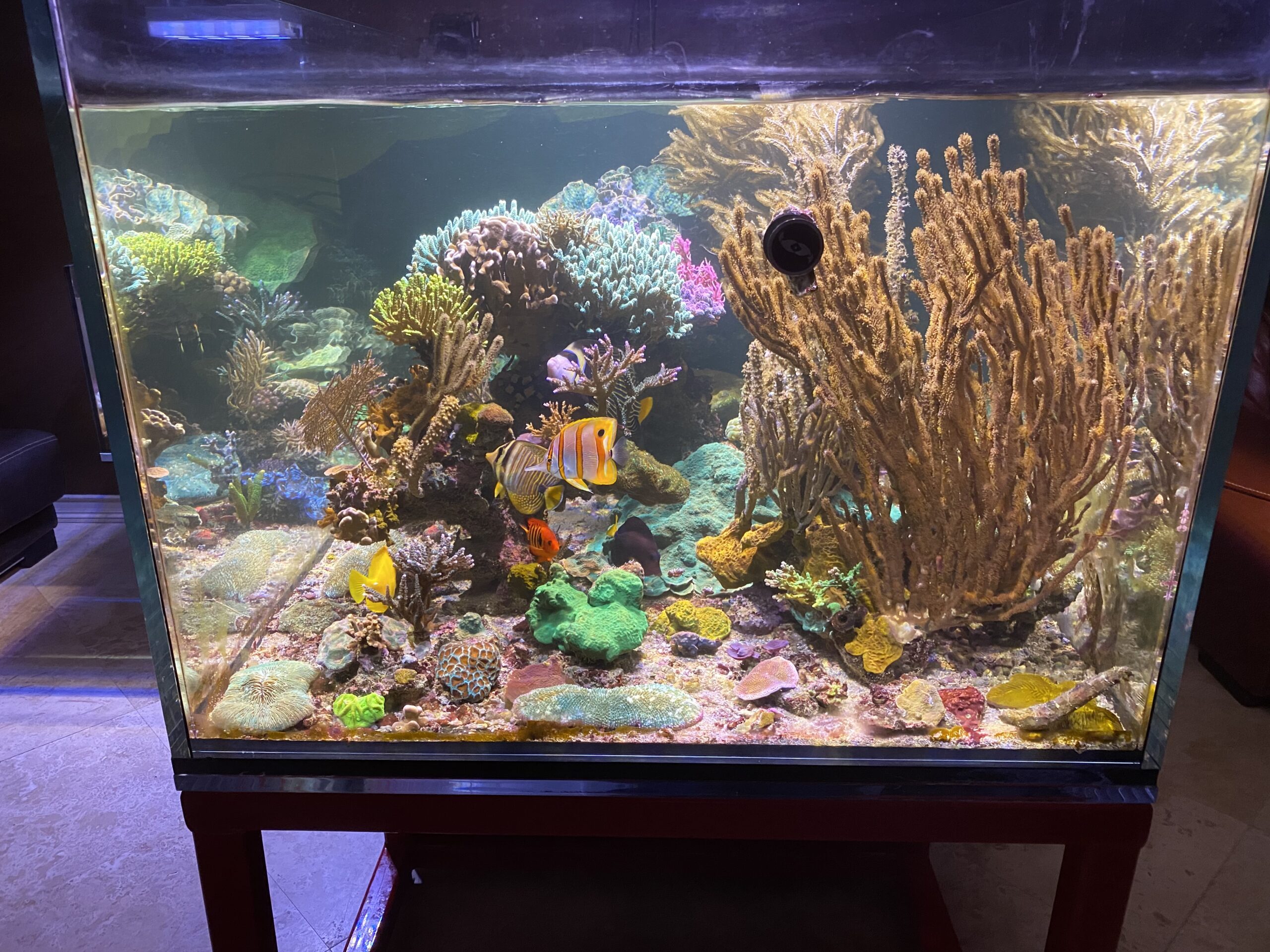Wouldn’t it be nice if before you started a project you knew what to look out for so that you could avoid costly mistakes? Like when you started to drive you understood that the police would be looking at you more closely because you were young or when you started woodworking there was a tool for virtually every process that could make things easier.
Unfortunately, we don’t typically know about the potential mistakes when we start off doing something until we make them. And while I am calling these beginner mistakes, I am hesitant to do so because no matter the level of experience of how much we think we know we all make mistakes. Sadly, some of these mistakes lead to major tank mishaps that then lead to individuals leaving the hobby.
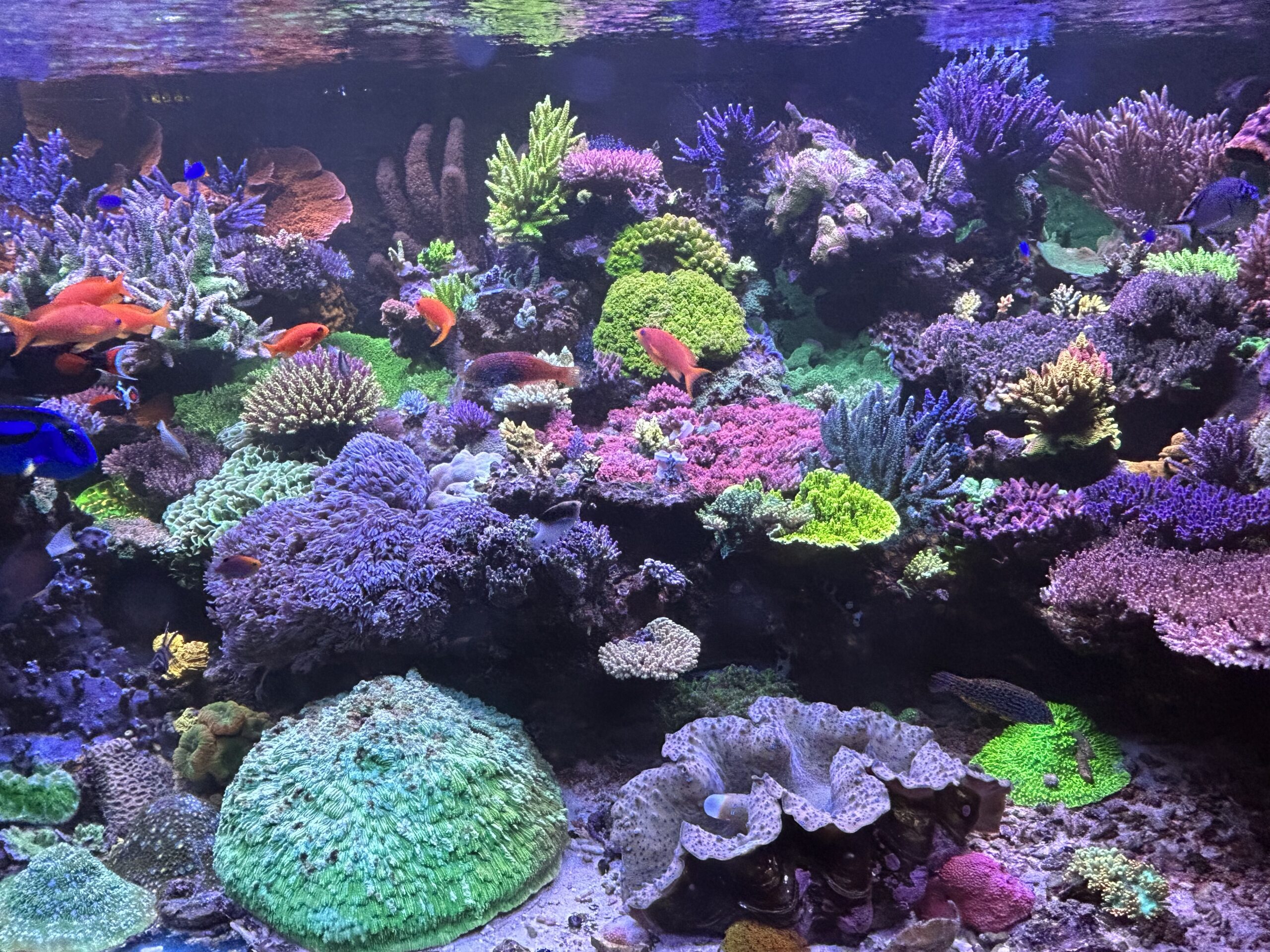
Despite the level of success that can now be attained in keeping corals and fish alive, it is still estimated that one-third of individuals getting into the hobby will be out of the hobby in less than three years. That is a major loss in terms of both time and money, but more importantly, in the number of animals that were lost during this process. Hopefully by understanding some of the mistakes, that beginners especially, but just about anyone can make can help reduce this outcome.
Patience is key
The first beginner’s mistake and one that most of us all still make from time to time is being impatient. This impatience can occur in a number of ways. It can be by expecting a tank to thrive without taking the time to plan. It can be adding fish or corals too early or too quickly. It can be by expecting the corals to grow faster than they do, or by expecting that when a change is made results will appear overnight. It needs to be understood that any change made in a tank or how it is managed or even when a new coral is added it will take at least three to four months until any real positive changes will be noted.
“Only bad things happen fast”
It has been my experience that any time a coral is moved or something is changed for a tank everything will slow down for at least a month or two and only after things have settled with no other changes being made will things start to show a positive response. In one of the first talks I gave 38 years ago I said “ Nothing good ever happens fast in a reef tank, only bad things happen fast”. This statement was true then and it is still true today. Other than picking up a coral that has fallen or removing a fish that is picking at the corals, few other things should be done in haste in a reef tank.
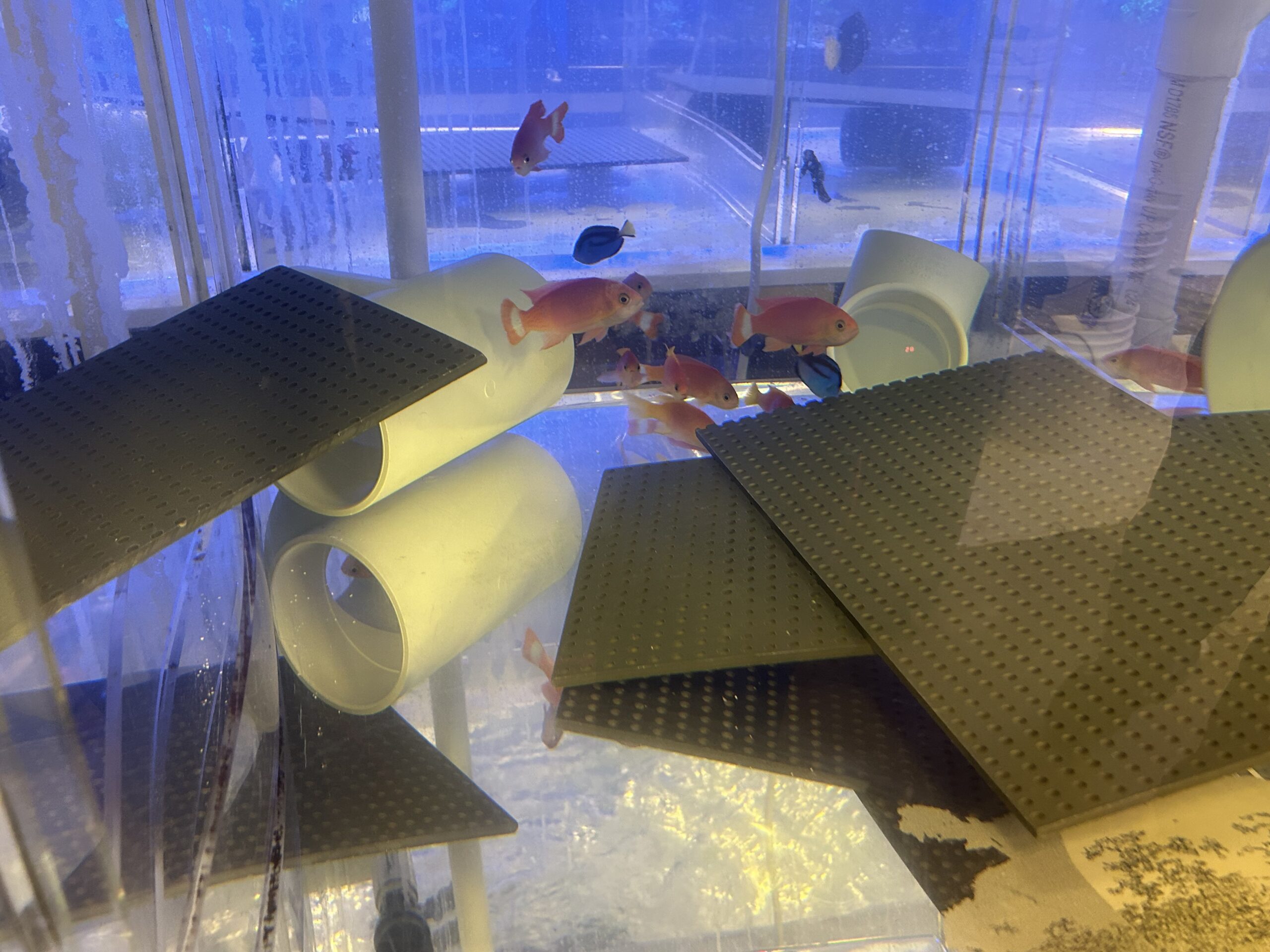
Don’t make too many changes too soon
As a caveat to impatience, another common newbie mistake is to constantly make changes, as a result of seeing or reading or hearing about what somebody else is doing and thinking it will make a dramatic difference in their tank. First, at this point, the general rules that we all follow for stability, water chemistry, light and flow are standard so any variance from these will only incrementally help a tank. While I am not advocating that these rules are set in stone, I am suggesting that any changes from these or additions to them only be done with the understanding that the changes produced will be incremental and will take time.
I myself am guilty of this in that I see or hear of something new that looks good and make sense and so I try it, but then I either do not give it time to see what the change produces or worse I hear of something else and then add that change to the first one. In doing so the effect from the first change can never be fully evaluated and adding the second one only confounds things. So in order to not make this mistake find something that works, stick to it for at least six months and then if you want to make a change do so with the understanding that it will take months to see the effect and only then if you do not make any other changes.
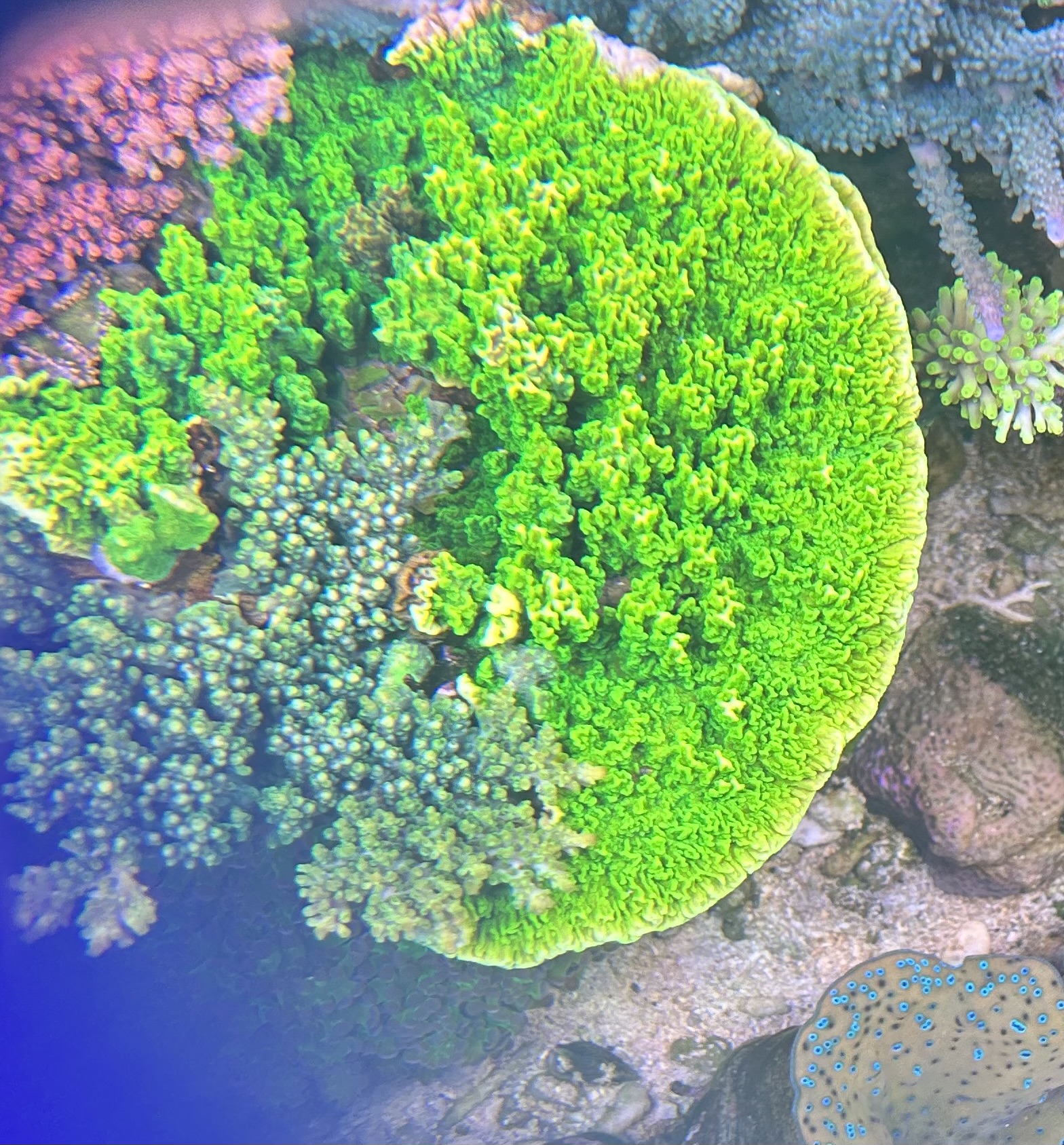
Find a reefing mentor
This common mistake is why I strongly suggest when starting out to find someone who is having success and follow what they are doing and not make changes to what they are doing for at least the first year. Finding a good mentor and doing what they are doing will produce far more success than making changes, no matter how good they seem, ever will.
Another common mistake among those starting out in the hobby is to think that once a tank is set up it is like a television in that it only needs to be turned on and then it can be watched. When in reality a reef tank is constantly changing and needs lots of attention. And while it is not necessary to have one’s hands in the tank daily, there are some tasks that need to be done regularly and some changes may need to be made over time as a result of the changes that occur.
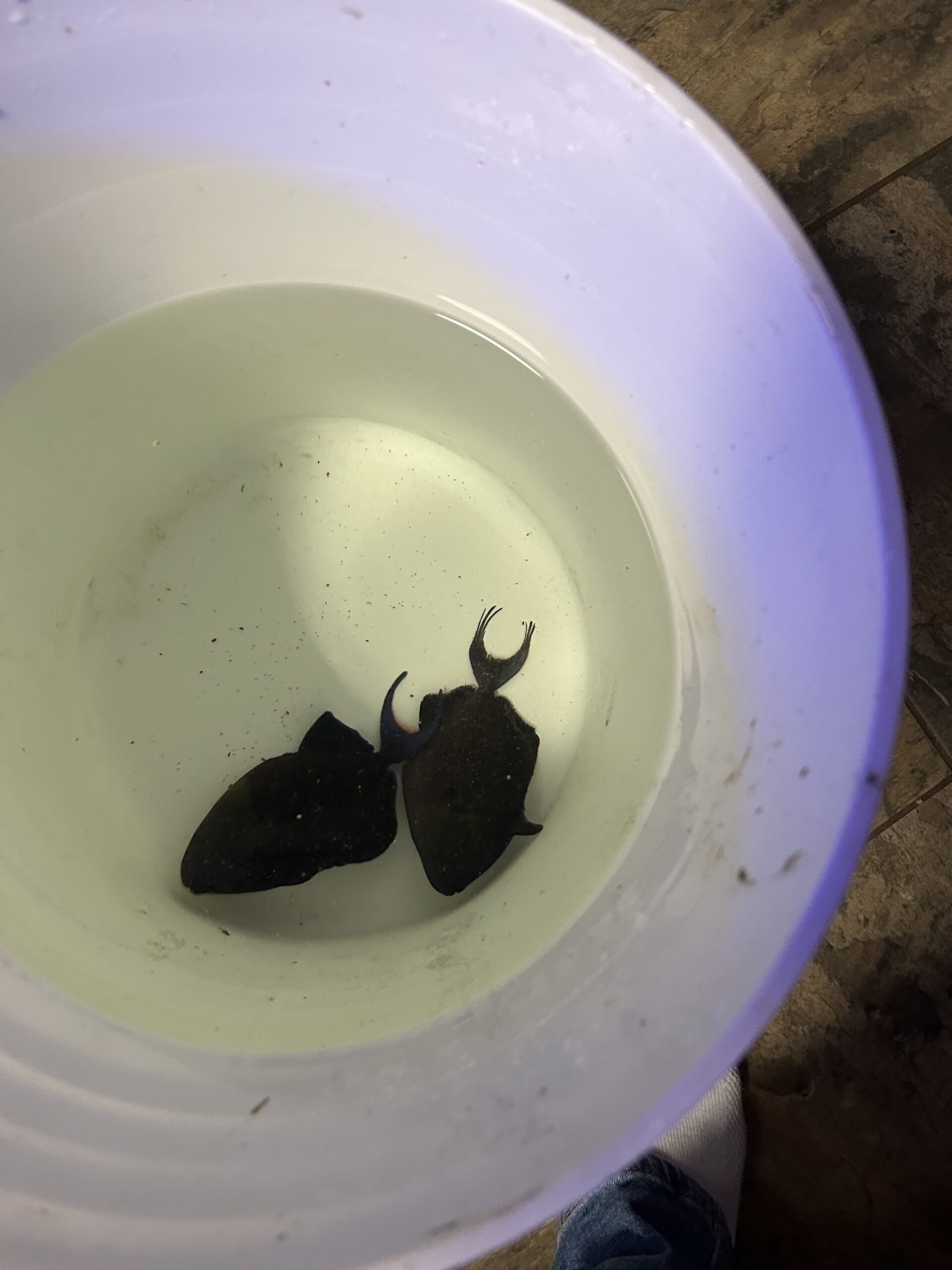
Time
Feeding, testing, water changes, glass cleaning, maintenance, etc., all need to be done on a regular basis. Because of this, a mistake that often goes along with this is not understanding the time commitment that having a reef tank entails. And unlike not mowing the lawn for a couple of days due to time constraints or not doing touch-up painting when it needs to be done, the tasks that need to be regularly done on a reef tank need to be done in a timely fashion or else the results can be extremely negative. Understanding and setting aside time for these necessary tasks is a mistake that needs to be avoided.
Another common mistake, but one that is not quite so critical is that when the first tank is set up it is done with the thought that this will be the only tank that the owner will ever set up. Just as one-third of new hobbyists are out of the hobby within the first three years, the opposite also occurs in that one-third of new hobbyists set up a new bigger tank within the first five years of starting. So in this regard when setting up a new tank, don’t think that this tank will be a forever tank. Instead, think of it like you would a starter home. By this I mean not only buy good equipment, but also buy equipment that can easily be used in a newer bigger tank.

It gets expensive when you have to buy all new equipment when all you are doing is moving up to a slightly bigger tank. So equipment should be bought with the thought that a bigger tank may be on the horizon if this first one succeeds rather than having to buy a second batch of equipment. Most new hobbyists in reefkeeping start off with a 40 or 60-gallon reef tank. Then if successful they usually move up to a 90 or 120-gallon tank. With this in mind get equipment for these smaller-sized tanks that can be added to or that will work in these larger tanks. It will cost a bit more upfront but will save money down the line.
If you are just getting into this hobby or even if you have been in it for a while, it soon becomes clear that this is not an inexpensive hobby. This needs to be understood upfront, however, it does not need to be so expensive that it puts you in bankruptcy. It is possible to have a beautiful thriving tank without your spending every last dime on the most expensive fish and coral. While they are alluring and beautiful, it is not necessary to purchase the most expensive corals and fish to enjoy a tank.
Buy cheap corals first
Some of the nicest tanks out there do not have any corals that started out at $100 and above frags nor fish over that price either. I strongly suggest, especially when starting out that you choose corals that have been in the hobby for a long time as generally their prices are lower than newly “named” corals and fish are beautiful whether they are a $20 clownfish or a $70 wrasse. No one thinks of the price when they see a tank that is thriving even if nothing in it costs more than $50.
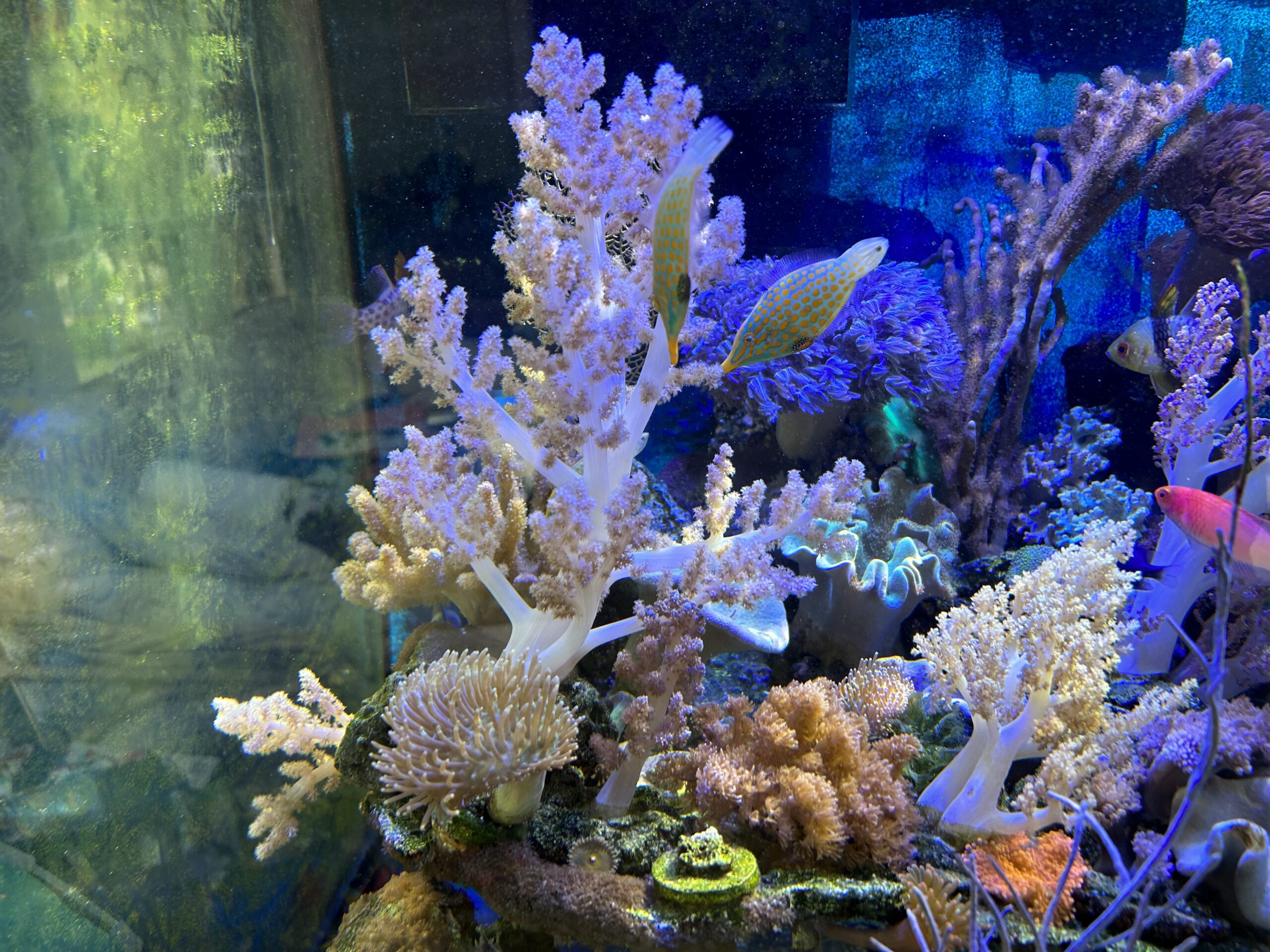
Don’t get bogged down in technology
And just as you don’t need every fish or coral that you think you have to have, there is also a long list of equipment that you think you have to have, but only part of which you actually need. While it is nice to have the latest technology or widgets to make taking care of the tank easier, these come with a price and many are not necessary. So do not buy into the hype that you have to have everything. Instead, get your hands wet and over time see what it is that you actually need rather than what you want.
Always fit a tank lid
While you do not need every piece of equipment out there, one piece that I suggest every beginner, and everyone has for that matter, is a tight-fitting screen top on their tank. Nothing is more disheartening than finding your favorite fish dried up on the floor after it jumped out of the tank for some unknown reason. And trust me, no one understands while all fish have the potential to jump out of a tank. And the lid needs to be tight-fitting, i.e. no holes, as somehow some way fish have the innate ability to find even the smallest hole and escape to their death through it. You may avoid a jumping fish for some time, but eventually, this will occur, so add a screen lid from the start.
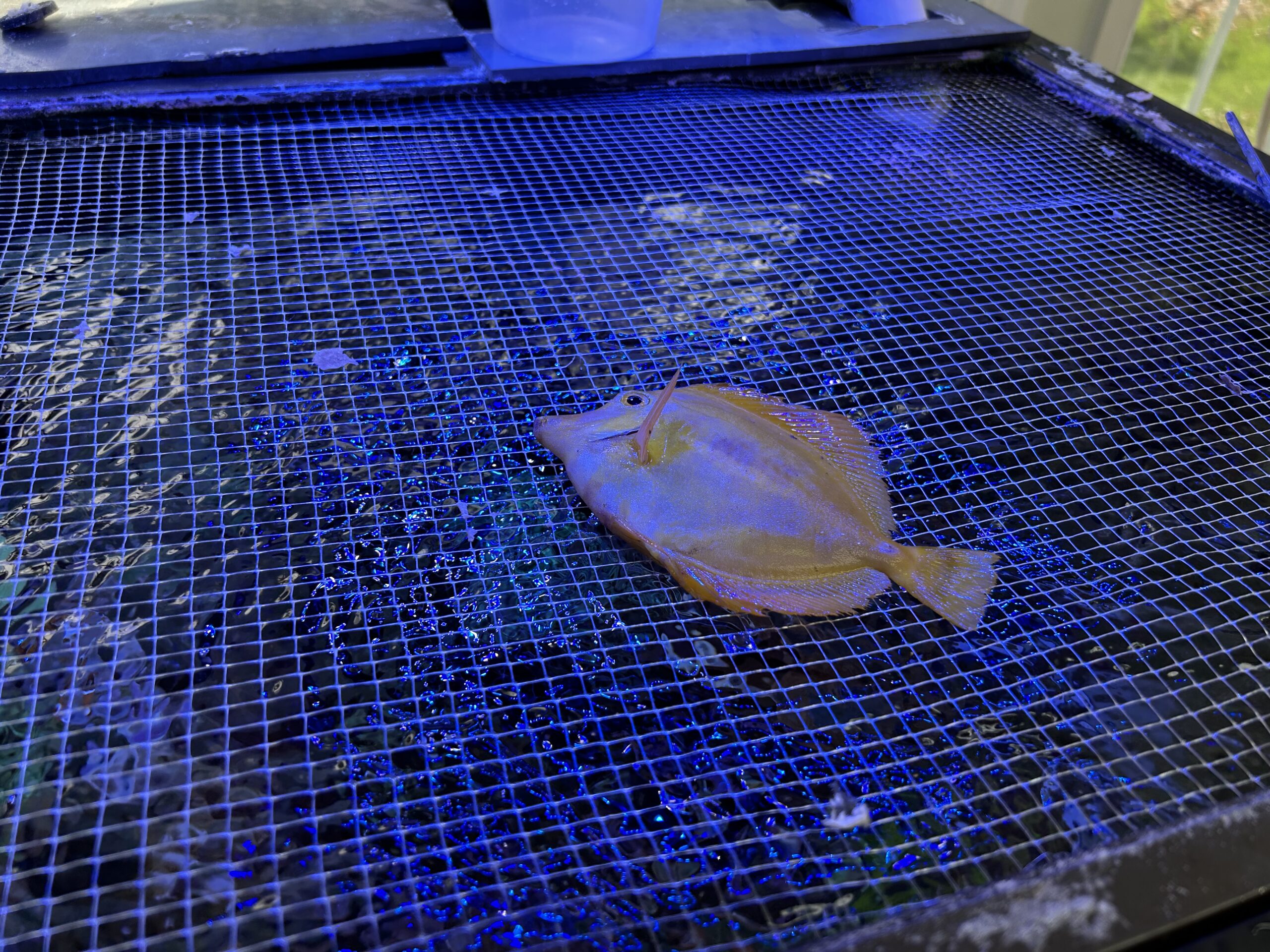
Be ready for water spills
The last mistake that every beginner and every hobbyist for that matter still makes from time to time: Spills. Despite everything we do and how meticulous we try to be water will find its way to the floor. But it is only a mistake if it is not planned for by not having adequate means to clean it up quickly when it occurs. This is why most of us who have been in this for any length of time have a big supply of old towels and shop vacs for cleaning up spills large and small. Spills are only problematic if they occur often or if they are unmanageable or can’t be cleaned up.
Unlike in the early days of the hobby, this is no longer rocket science in that we all now understand what is necessary and what works. Because of this we also have a pretty good grasp of what mistakes we all have made and how to avoid them. Starting out in this hobby is hard enough, but starting out without accepting that mistakes will be made and that some of them can be avoided makes it even more difficult. The only thing that could make this worse is not realizing that most other hobbyists are happy to help. So if you are starting out do not make the mistake of not asking questions. All of us have been where you are and are happy to help.


